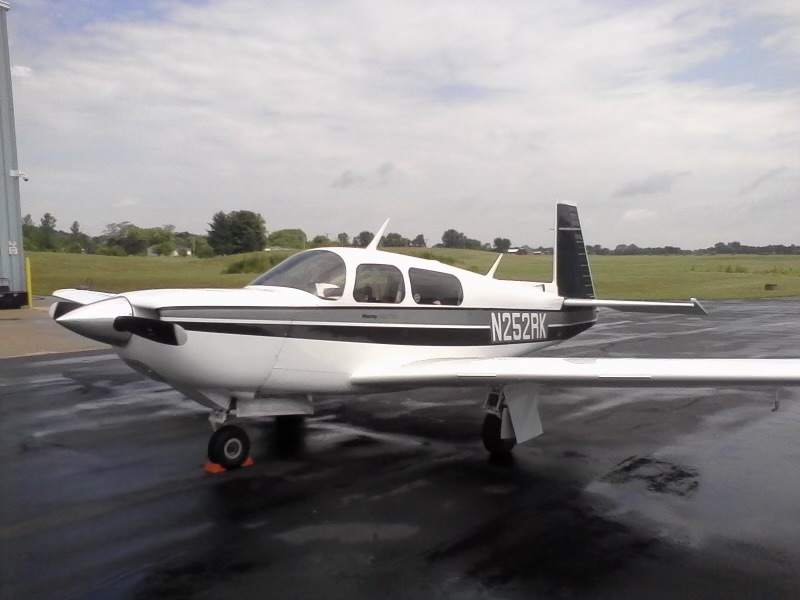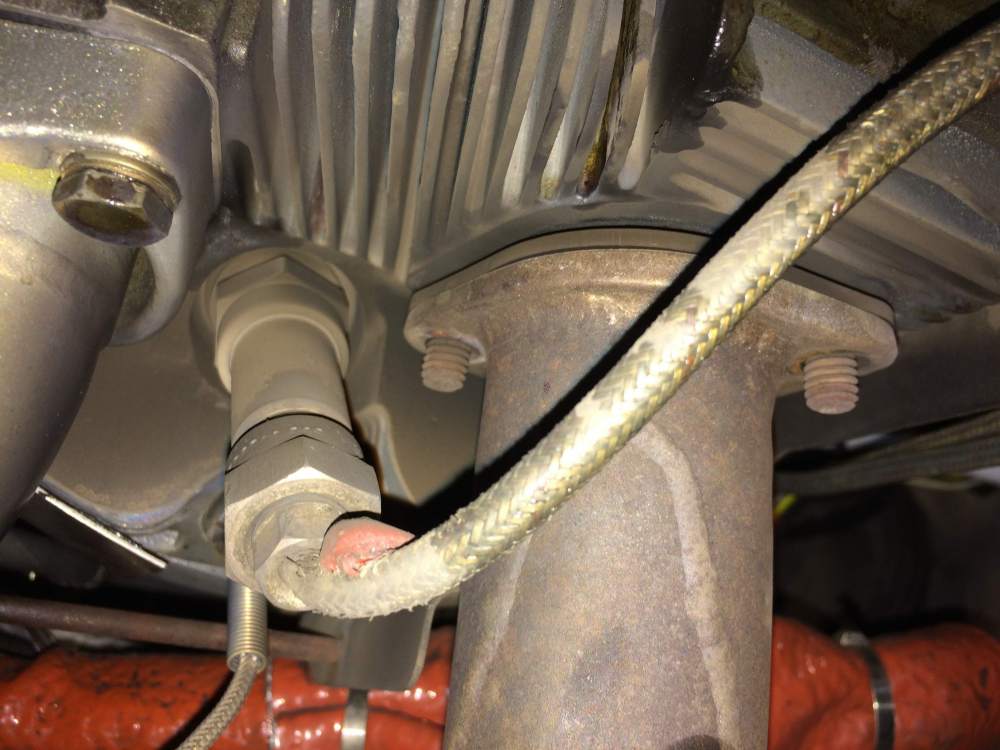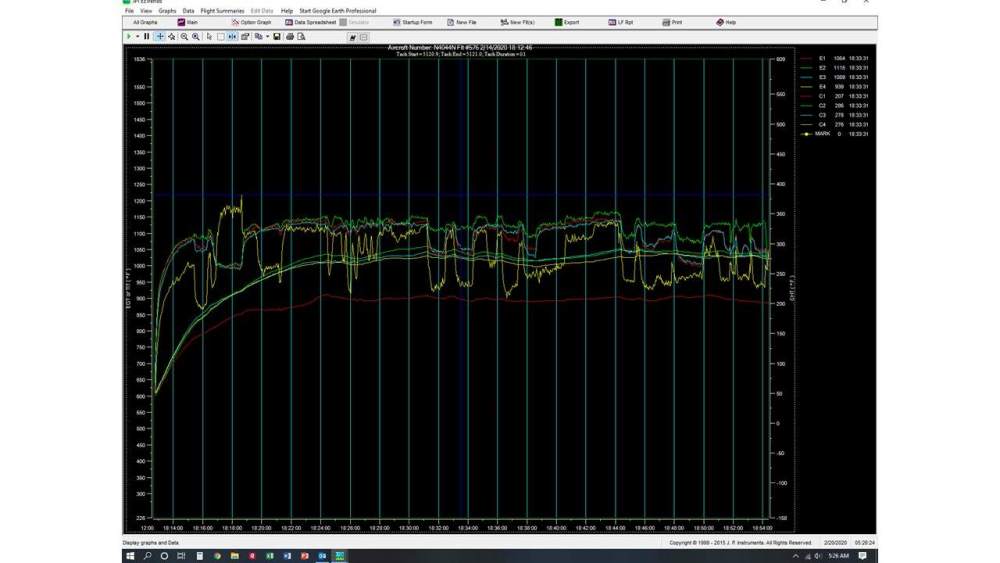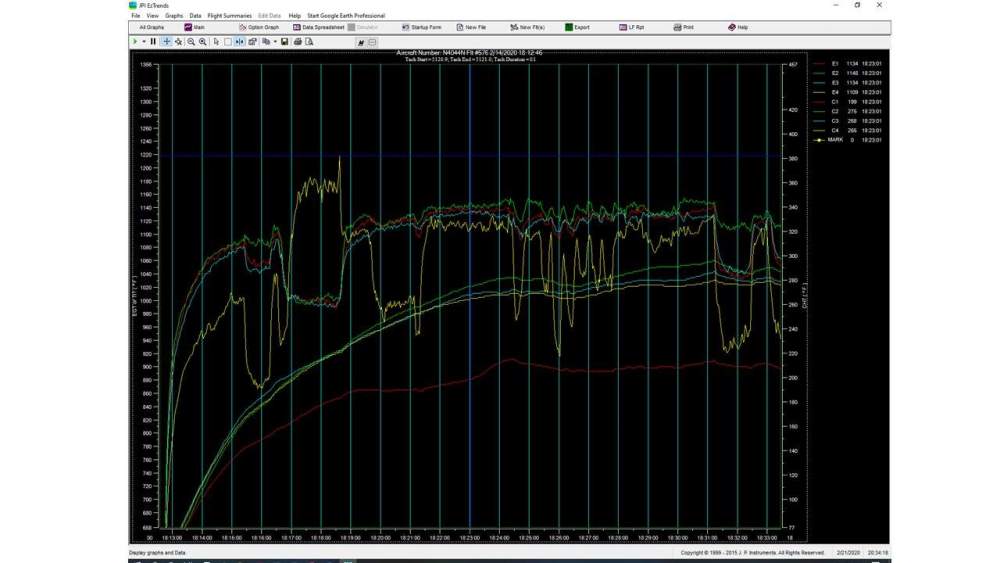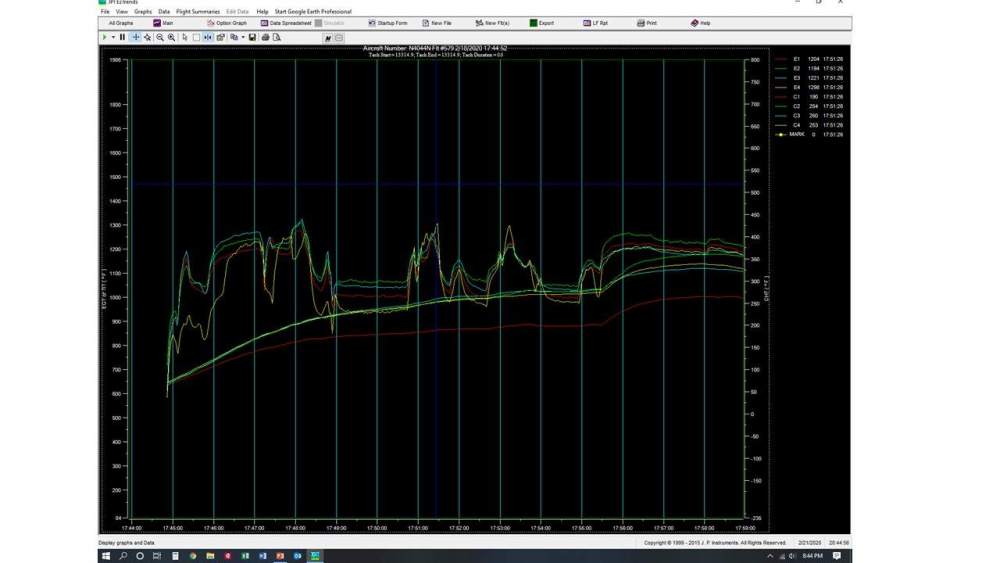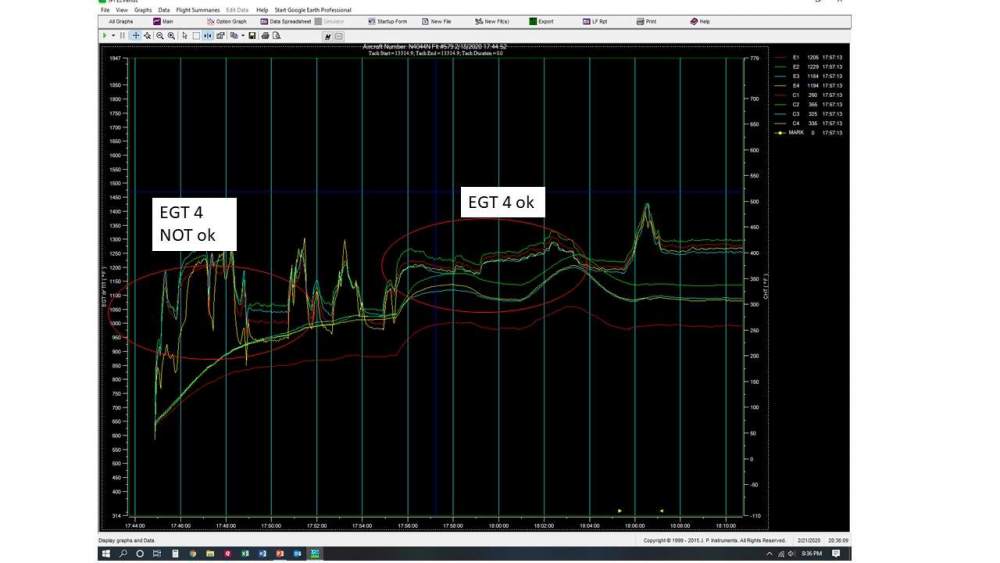-
Posts
5,485 -
Joined
-
Last visited
-
Days Won
25
Content Type
Profiles
Forums
Blogs
Gallery
Downloads
Media Demo
Events
Everything posted by Ragsf15e
-
Yeah I agree, that doesn’t sound good.
-
Yeah I don’t think the absolute egt is that important either, it just made me think about the sea level fuel flow because that is pretty important. For the record, my fuel flow is around 18gph and then I use that as a basis for my target egt during climb. If yours is really 16.5, there’s a good chance that’s at least part of your issue.
-
Yeah, I can see that with the higher oat. Interesting that your target egt is higher. I’m sure you’ve probably checked, but what’s your sea level full rich fuel flow on takeoff? If you’re running even a tiny bit too lean, it will cause significant increase in climb cht.
-
Mike, you’re still that hot with ~120mph climb, very rich, cowl flaps open climb? I use ~1275 as a target egt for mixture in climb and my chts are usually more like 360 in climb. Possibly my cooler oat helps in NE Washington? Is it a stock inlet or a mod? Mine is lasar cowl closure but not sure that helps...
-
Traditional vacuum ADIs also fail in a way that makes it much easier to get spatial disorientation. They don’t generally alert. At least the G5s, Aspen, etc have some error checking and a big red x for their known failure modes. There are also the requirements to keep your traditional backups and many people have installed 2xG5s for their built in redundancy. I for one, think that my ifr safety has been increased by installing 2xG5s in place of my vac/standby vac and single ADI. I have the 2xG5s and an electric TC/autopilot (stec still works without the ADIs) and worst case I have the FF attitude from the GTX. If I’m really on that, lots of other bad stuff has happened. So, sure, if you install 12 different ADIs that use 12 different power and attitude sources, you could say you have more redundancy than I do and are thus safer, but I just don’t see a reason to do that. If people with 2xG5s and backup instruments start falling out of the sky, I’ll change my tune.
-
Cody’s just showing off now. That’s awesome.
-
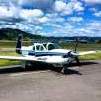
Thoughts on Surefly mag replacement for turbo?
Ragsf15e replied to jrwilson's topic in General Mooney Talk
Yeah I think you’ll like it. Smooth running, real easy starting, and LOP definitely seems smoother and easier. -

#3 Cylinder runs very hot after overhaul
Ragsf15e replied to Greg Ellis's topic in Vintage Mooneys (pre-J models)
I’m currently breaking in a new cylinder too, but in an io-360. Mine was noticeably warmer than the others, but nothing like yours. I’m seeing like 380 in cruise while the others are 330. I have the bonus of very cold air temperatures for breaking it in (Eastern Washington in winter). What kind of cylinder is it? Mine is chrome. so one last thing to possibly just glance at... make sure you don’t have a small exhaust leak on that cylinder or the one next to it heating up the area near the probe. -

Thoughts on Surefly mag replacement for turbo?
Ragsf15e replied to jrwilson's topic in General Mooney Talk
At least for me, run up hasn’t been an issue. It does skip a beat, but no bang, noise, vibration, nothing. When I did the LOP mag check at 65% power, that was more exciting. Next time I’ll try their technique of pulling power after checking the second mag. For some reason, the shutdown check also got a bang. I’ll try to see if I can find something that works for that too. -
The attitude function in FF only works with an outside ahrs attitude source. It will give a giant red x without a connected ahrs. So it’s not a function of working off the iPad accelerometers. Supposedly these ahrs have a mtbf of 10,000hrs or greater (which I have no source for). I think we should all thank Skip for having his fail so soon which ensures everyone else’s will last 20,000 hours!
-

Thoughts on Surefly mag replacement for turbo?
Ragsf15e replied to jrwilson's topic in General Mooney Talk
I have a Surefly on an IO360. Its real nice. Better LOP operation, starts really easy. The “afterfire” thing is real though, at least on mine. During runup at 1700rpm it’s just a slight skip. I did a LOP mag check at 11,000’ and 65% power... it was a loud bang. I also got a somewhat smaller bang when I checked the key off position to make sure the engine would shut down at idle power. The issue is that the Surefly takes like 5 ms to start sparking after being shutdown. When you’re checking the Surefly, then go back to both, all is well, there is always a mag firing. When you check the Right mag and then cycle back to both, you pass through the “Surefly only” position on the ignition and it takes 5ms before you get a spark. Depending on power setting, it may be a bang. This is with a traditional ignition switch. I do like it though. I need to do a few more flights and collect more data, but high altitude LOP seems to have a measurable reduction in ff or increase in a couple knots. -

Help Diagnosing Rough idle / cool/erratic egt
Ragsf15e replied to Ragsf15e's topic in General Mooney Talk
On my last flight I did get that CO alarm from the sensorcon but it was only 40ppm which is higher than normal on the ground but not a huge increase (I usually have <20 on the ground and 0 in the air). When I put her away this afternoon I wiped down the cowl and there is a very light exhaust stain along the aft edge of the lower cowl on the affected side. Tough to see unless you’re specifically looking for it. I guess this has been one more example of an engine monitor proving its worth. It was directly responsible for showing me a problem existed and partially identified the exact problem. -

Help Diagnosing Rough idle / cool/erratic egt
Ragsf15e replied to Ragsf15e's topic in General Mooney Talk
Good to know, thanks for that helpful insight! -

Help Diagnosing Rough idle / cool/erratic egt
Ragsf15e replied to Ragsf15e's topic in General Mooney Talk
I see what you did there! -

Help Diagnosing Rough idle / cool/erratic egt
Ragsf15e replied to Ragsf15e's topic in General Mooney Talk
Solved. I really thought the induction leak was the best hypothesis, especially since the problem wasn't really visible at full power, only idle (for the most part - I did eventually find a few anomalies at full power). Did you know that 3 guys (2 x A & Ps and 1 x Pilot/owner) standing next to the engine staring at the #4 cylinder can't see the exhaust studs & nuts? It takes bending down lower to look up at them which I did this weekend when I went to look for an induction leak. Below is what I found. I looked at the ground run after annual and the first flight after annual. The EGT is just fine until midway through the first flight when there are a few weird excursions. Then it's always a bit wonky at low power for the next two flights and a ground run before I realized there was a problem. The last flight I got a Carbon Monoxide alarm from my Sensorcon while taxiing in (40ppm). Way higher than usual on the ground. I still was showing 0 in flight. I didn't start to put that together with the engine data anomalies until this weekend. Based on the data from the ground run and first flight, I believe the nuts, washers and star lock washers were there at one point, but weren't torqued or fell off for some other reason. All have been checked again. This was a little scary after the fact. Rags -
@Bob - S50 if im not mistaken, you live in that area, where do you have your airplane annual/maintenance? Im in eastern Washington and shopping for a new shop... Advanced in Troutdale is sounding good so far.
-

Help Diagnosing Rough idle / cool/erratic egt
Ragsf15e replied to Ragsf15e's topic in General Mooney Talk
That’s what I keep leaning towards. I’m gonna take a look at it this weekend and then check more thoroughly for leaks with my mechanic on Monday. Probably swap the probe too just to be sure. -

Help Diagnosing Rough idle / cool/erratic egt
Ragsf15e replied to Ragsf15e's topic in General Mooney Talk
I’ll see if I can upload and share it from saavy. The Gami spread has been consistently 0.4 for the last couple flights, so not bad, and the engine runs smoothly LOP. I have Gami injectors and Tempest fine wires. The injectors are in the correct locations and the spark plugs tested ok at the annual last month. They looked ok when we pulled them yesterday. It just seems like the lower power (taxi and ground time) is where it’s erratic. -

Help Diagnosing Rough idle / cool/erratic egt
Ragsf15e replied to Ragsf15e's topic in General Mooney Talk
I did do that on the last flight. I did it LOP per the Savvy guidance and it was fine. The ignition doesn’t seem to be the problem. I’m open to any possibilities, but if it was a spark issue, I think the egt would be hotter. Right now I’m starting to think probe issue, or intake / exhaust leak? Maybe the roughness was my imagination staring at faulty egt data? *btw, if you do an in flight mag check with a Surefly, even a new one with the new “quicker start up”, maybe you should reduce power before going from Surefly off, through mag off, back to both. Loud pop that will get your attention. At 1700rpm during the normal ground mag check, it’s just a quiet skip. At 2500rpm it’s more exciting. -
My F model just came out of annual. I have a new cylinder (#2), Surefly mag and a newly IRAN right mag. The only cylinder that’s not been recently overhauled is #4. It was running fine coming into annual, but my IA noted some oil in the bottom and some deposits on the exhaust valve and stem. Compression was fine. So I flew the plane 3 times to break in #2 and I’ve noticed slightly rough idle. I was thinking “morning sickness” but then I noticed #4 egt. It’s really low at low power. It’s also erratic. It seems to clean up for the mag check and during flight, but comes back at low power. Today we borescoped #4, looks ok, same deposits but valves open and close fine. Compression check was just fine. Plugs look good. IA took rocker box cover off and springs were ok, valve didn’t seem to “wiggle”. What am I looking at? Failed egt probe? Maybe exhaust or induction leak to #4? I looked at jpi data from a couple months ago and it was fine. This one was only on the ground, but is a good example. RPM between 1000 and 1600. This is startup. Mag check and takeoff. Egt is erratic at low power.
-
Not at my airport. 100LL is $6.00/ gallon!! $5.75 if you self serve it. Luckily, KSFF is pretty close to a bunch of Idaho airports with reasonable prices and good restaurants. I almost never buy gas at home. 64 gallon tanks are awesome!
-

IFD 440 vs GNS 430W with 210 Flightstream
Ragsf15e replied to John Mininger's topic in Avionics/Panel Discussion
Awesome, I was hoping that’s what you meant! I totally agree the more intuitive designs are better, but sometimes it takes a while to get there even if the underlying capability is there. The 430W is a very capable navigator but it was developed while you were an infant and released when you were 5. It is what it is. If I have my choice, the more intuitive (IFD or GTN) would be great but, like you, I’m still gonna read the manual. A lot of times it’s just how well a certain design philosophy meshes with the way we think. I fly a G1000 airplane for work, and I’ve been super confused each time I flew in a Honeywell FMS equipped jet with similar capability - even with practice and study. iPhone vs Android. -

Help, I think I broke my airplane
Ragsf15e replied to Ragsf15e's topic in Vintage Mooneys (pre-J models)
So you guys were right, no damage except to my ego. Small scratch on both gear doors where they pressed against the cowl flaps. Ugh, why do I have to keep learning lessons that I already should know? -

IFD 440 vs GNS 430W with 210 Flightstream
Ragsf15e replied to John Mininger's topic in Avionics/Panel Discussion
Hah! That made me laugh... “It almost requires that you read the manual before even attempting to use it.” Dang whippersnappers (said tongue in cheek and with a smile)!! Ok, maybe I’m a crabby old ATP/CFI/CFII/Fighter Pilot, but yes, you should definitely read the manual before attempting to use aviation technology. That includes whatever documentation there is for the airplane, avionics, propellor, regulations, etc. Are you gonna memorize it? No. But read it? Yes. I realize your phone and car aren’t designed like that, but they are designed for the lowest common denominator and you’re a pilot, you aren’t the lowest common denominator anymore. Hopefully you’re a professional pilot regardless of what type of licenses or ratings you have. So yes, by all means, read the manual, practice using the 430 on the sim Garmin provides, practice in the airplane. Do not expect to sit down in a general aviation airplane and magically know how everything will operate. You will quickly find out how your assumptions and lack of knowledge get you into trouble or hurt someone. Rant over. And I really mean no offense. -

Help, I think I broke my airplane
Ragsf15e replied to Ragsf15e's topic in Vintage Mooneys (pre-J models)
Thanks, I sure hope you’re right about learning something... and it would be nice if there’s no damage, but I still feel terrible about it.

